Supreme Court rules to exclude ’creamy layer’ from SC, ST reservations
- EP News Service
- Aug 01, 2024
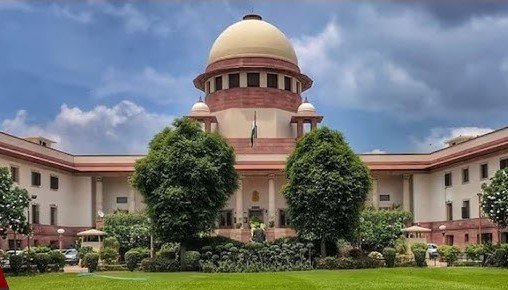
Supreme Court of India delivers a landmark judgement
NEW DELHI: In a landmark decision, the Supreme Court of India has ruled that the ‘creamy layer’ within the Scheduled Castes (SC) and Scheduled Tribes (ST) must be identified and excluded from reservation benefits. This ruling, delivered on [specific date], aims to ensure that the affirmative action policies reach those who are genuinely in need and not those who are economically and socially advanced within these communities.
The concept of the ‘creamy layer’ was first introduced in the context of Other Backward Classes (OBC) reservations. It refers to the relatively wealthier and better-educated members of a backward class who are not eligible for government-sponsored educational and professional benefits. The Supreme Court’s recent decision extends this principle to SC and ST reservations, which have traditionally been more rigid in their application.
The Supreme Court’s decision is rooted in the principle of equality and the need to ensure that the benefits of affirmative action are distributed equitably. The court emphasized that the purpose of reservations is to uplift those who are at the bottom of the social and economic hierarchy. By excluding the ‘creamy layer,’ the court aims to prevent the monopolization of benefits by a small, relatively privileged section within the SC and ST communities.
This ruling has significant implications for the implementation of reservation policies across India. States are now required to identify the ‘creamy layer’ within the SC and ST communities and exclude them from reservation benefits. This process will involve setting criteria for determining who falls into the ‘creamy layer,’ which could include factors such as income, education, and occupation.
The decision is expected to spark a range of reactions. Proponents argue that it will make the reservation system more just and effective by ensuring that the benefits reach those who need them the most. Critics, however, may contend that it adds another layer of complexity to an already contentious issue and could lead to further divisions within the SC and ST communities.
The ruling has elicited a mixed response from various quarters. Social justice activists and some political leaders have welcomed the decision, viewing it as a necessary step towards ensuring that the reservation system serves its intended purpose. They argue that the exclusion of the ‘creamy layer’ will help in addressing the disparities within the SC and ST communities and promote more inclusive growth.
On the other hand, some members of the SC and ST communities have expressed concerns that the ruling could lead to the exclusion of deserving candidates who may not meet the criteria for being part of the ‘creamy layer’ but still face significant social and economic challenges. There are also apprehensions about the implementation of the ruling, particularly in terms of setting and enforcing the criteria for identifying the ‘creamy layer.’
The Supreme Court’s decision to exclude the ‘creamy layer’ from SC and ST reservations marks a significant shift in India’s affirmative action policies. As the country moves forward with implementing this ruling, it will be crucial to ensure that the process is transparent, fair, and inclusive. The ultimate goal remains to uplift those who are most in need and to create a more equitable society.





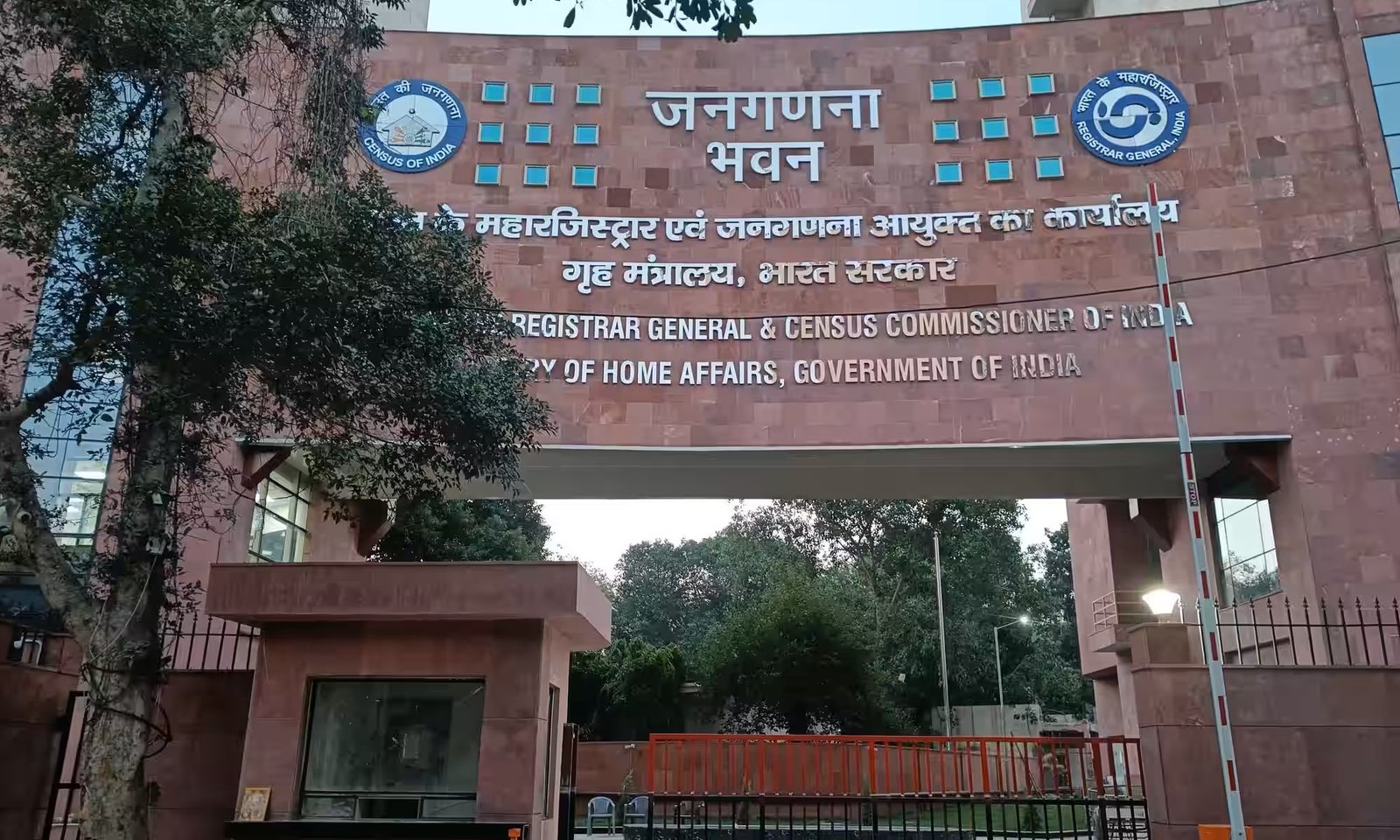

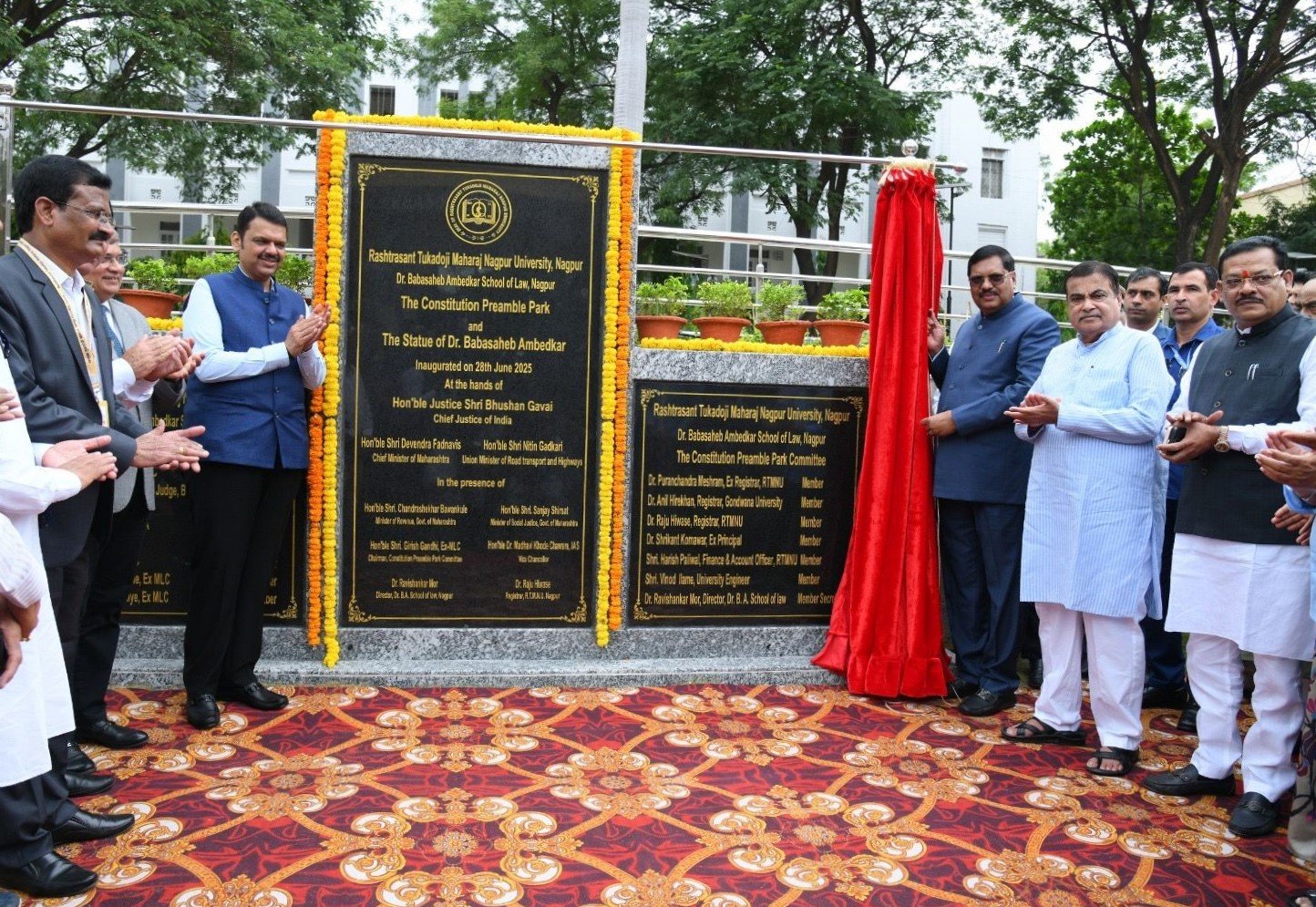
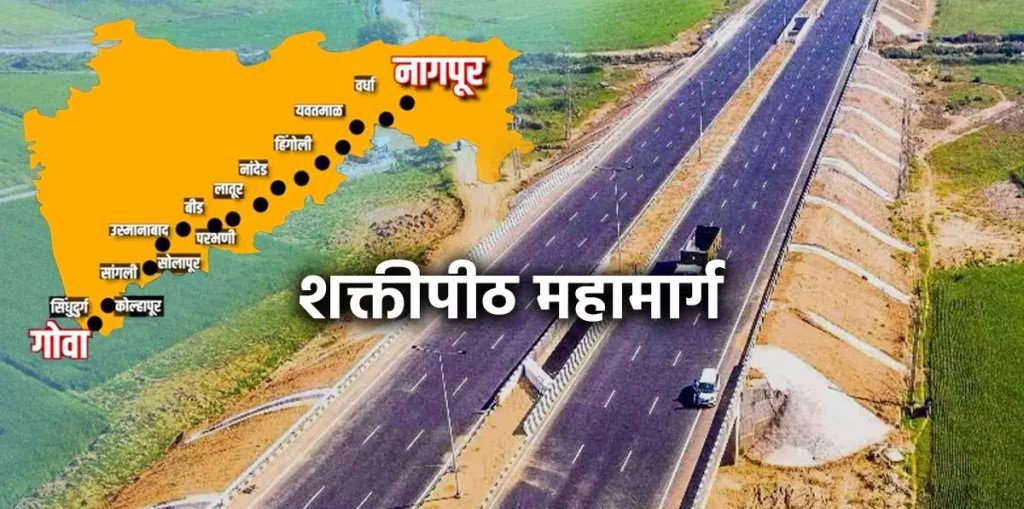

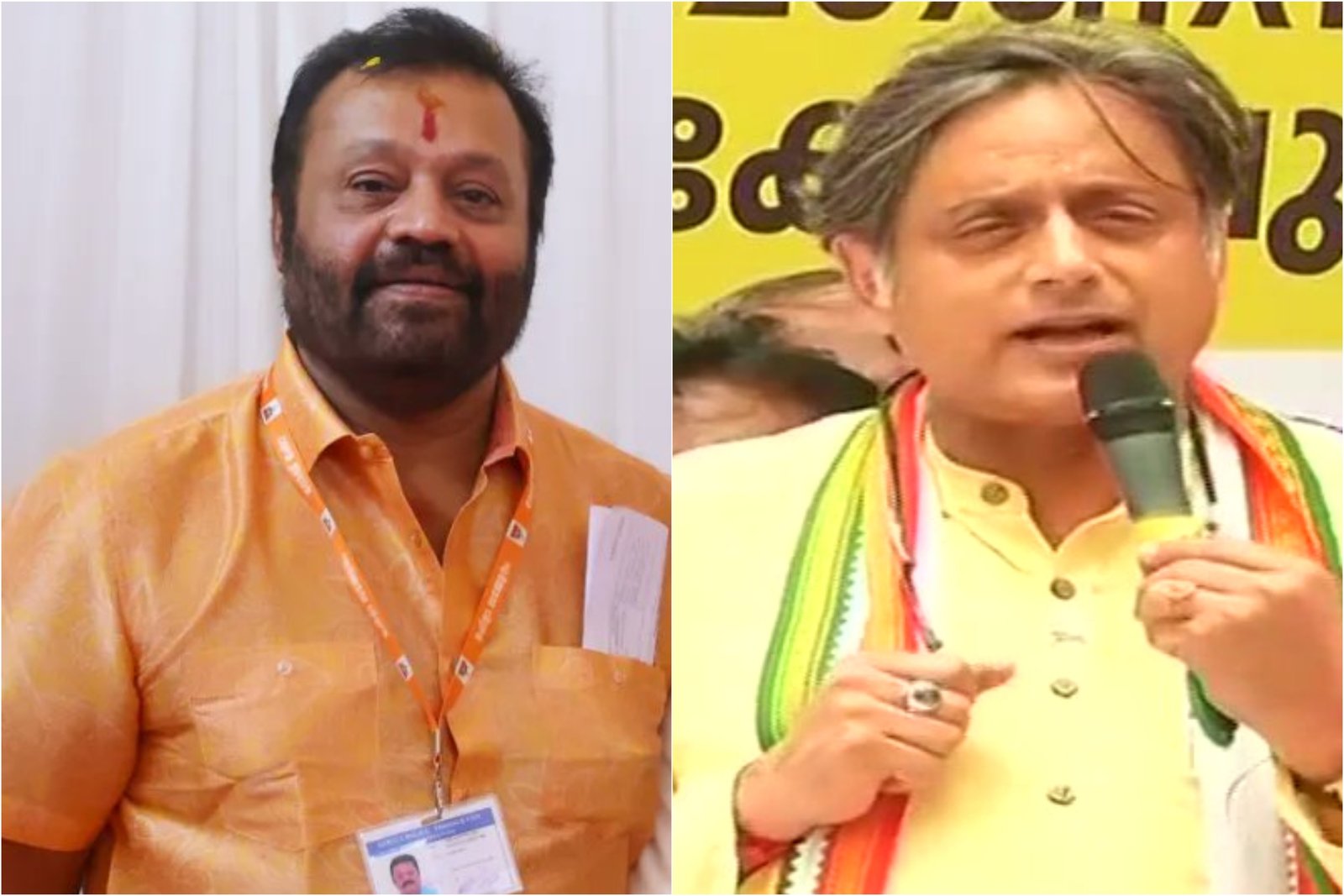
Reporter
Crisp, and to the point news coverage from India and around the world.
View Reporter News